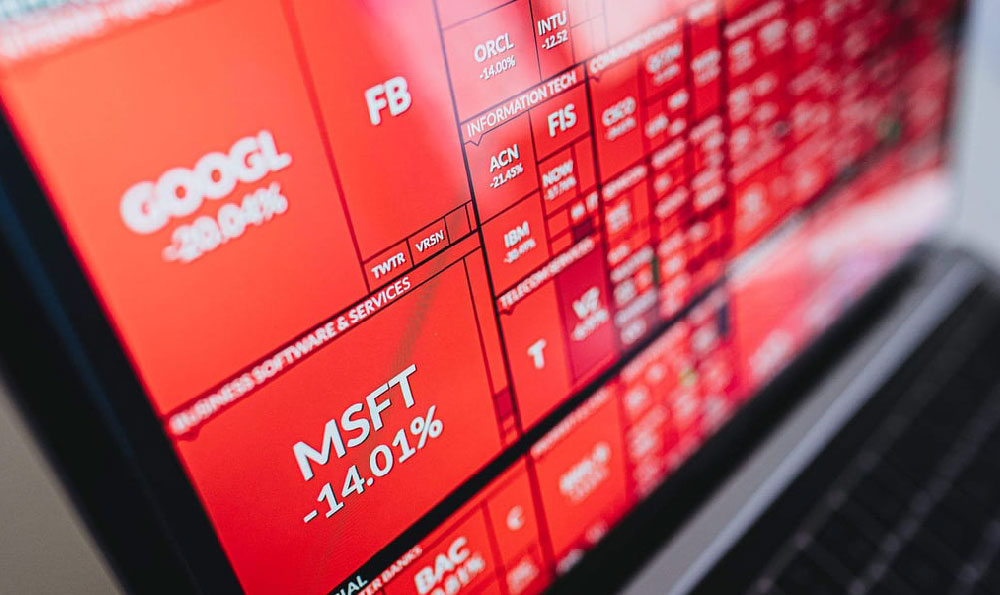Monetizing YouTube videos is a multifaceted endeavor, demanding a strategic blend of creativity, consistency, and a firm grasp of YouTube's policies and the broader digital landscape. It's not simply about uploading videos; it's about building a sustainable channel that attracts viewers, fosters engagement, and ultimately generates revenue.
The most common and arguably the most straightforward route to monetization is through the YouTube Partner Program (YPP). To qualify for YPP, a channel must meet specific criteria, primarily amassing at least 1,000 subscribers and accumulating 4,000 valid watch hours within the preceding 12 months. These thresholds are designed to ensure that only creators demonstrating genuine engagement and commitment are admitted into the program. Once accepted, you can enable monetization on your videos, allowing YouTube to display ads before, during, or after your content. The revenue generated from these ads is then shared between you and YouTube.
However, simply enabling monetization doesn't guarantee substantial earnings. The amount of revenue you earn from ads is heavily influenced by several factors, including your channel's niche, audience demographics, ad formats, and the Cost Per Mille (CPM) or Cost Per Click (CPC) rates advertisers are willing to pay. Channels targeting high-value demographics, such as business professionals or tech enthusiasts, tend to command higher CPMs compared to those catering to broader audiences.

To maximize ad revenue, it's crucial to optimize your video content and metadata. Compelling titles and thumbnails are essential for attracting clicks and views. Descriptive video descriptions that accurately reflect the content can improve search visibility and help potential viewers discover your videos. Using relevant keywords throughout your titles, descriptions, and tags can further boost your search ranking within YouTube's algorithm. Regularly reviewing and adjusting your metadata based on performance data is a continuous process that can significantly impact your channel's visibility and earnings.
Beyond ad revenue, several alternative monetization strategies can supplement and even surpass traditional ad earnings. Affiliate marketing involves promoting products or services from other companies within your videos and including affiliate links in your video descriptions. When viewers click on these links and make a purchase, you earn a commission. Selecting products or services that are relevant to your channel's niche and audience is crucial for maximizing conversion rates. Transparently disclosing your affiliate relationships is also essential for maintaining viewer trust and adhering to ethical marketing practices.
Channel memberships offer another avenue for monetization, allowing viewers to support your channel directly in exchange for exclusive perks, such as early access to videos, behind-the-scenes content, or personalized shout-outs. Creating tiered membership levels with varying benefits can cater to different levels of fan engagement and willingness to contribute. Effectively promoting your membership program within your videos and consistently delivering valuable perks are crucial for encouraging viewers to subscribe and remain loyal members.
Merchandise shelves provide a tangible way for your viewers to support your channel and express their fandom. Creating and selling branded merchandise, such as t-shirts, mugs, or stickers, can generate significant revenue and strengthen your channel's brand identity. Utilizing print-on-demand services can minimize upfront investment and risk, allowing you to test different designs and products without holding inventory. Promoting your merchandise within your videos and social media channels is essential for driving sales.
Super Chat and Super Stickers offer a way for viewers to highlight their messages in live streams and Premieres by paying a fee. These features can be particularly effective for channels with highly engaged audiences and regular live streaming schedules. Recognizing and acknowledging Super Chat messages during live streams can further incentivize viewers to contribute and show their support.
Sponsored content involves partnering with brands to create videos that promote their products or services. This can be a lucrative monetization strategy, but it's crucial to maintain authenticity and transparency. Disclosing your sponsorship relationships clearly within your videos is essential for maintaining viewer trust. Selecting brands that align with your channel's values and audience interests is also crucial for ensuring that sponsored content resonates with your viewers.
Creating and selling online courses or digital products related to your channel's niche can be a highly profitable monetization strategy. This approach requires significant upfront investment in content creation and platform development, but it can generate recurring revenue and establish you as an authority in your field. Effectively marketing your courses or digital products within your videos and social media channels is essential for driving sales.
Building a strong and engaged community is fundamental to long-term monetization success. Responding to comments, engaging in discussions, and actively seeking feedback from your viewers can foster a sense of community and loyalty. Hosting regular contests, giveaways, or Q&A sessions can further incentivize viewer engagement and attract new subscribers.
Analyzing your channel's analytics data is crucial for understanding what's working and what's not. YouTube Analytics provides a wealth of information about your audience demographics, video performance, and engagement metrics. Regularly reviewing this data can help you identify trends, optimize your content strategy, and improve your monetization efforts.
Finally, remember that consistency is key. Regularly uploading high-quality content is essential for maintaining viewer engagement and attracting new subscribers. Creating a content calendar and adhering to a consistent posting schedule can help you stay organized and ensure that your channel remains active. Monetizing YouTube videos is not a get-rich-quick scheme. It requires hard work, dedication, and a strategic approach. By focusing on creating valuable content, building a strong community, and diversifying your monetization strategies, you can increase your chances of success and achieve sustainable financial growth on YouTube.












